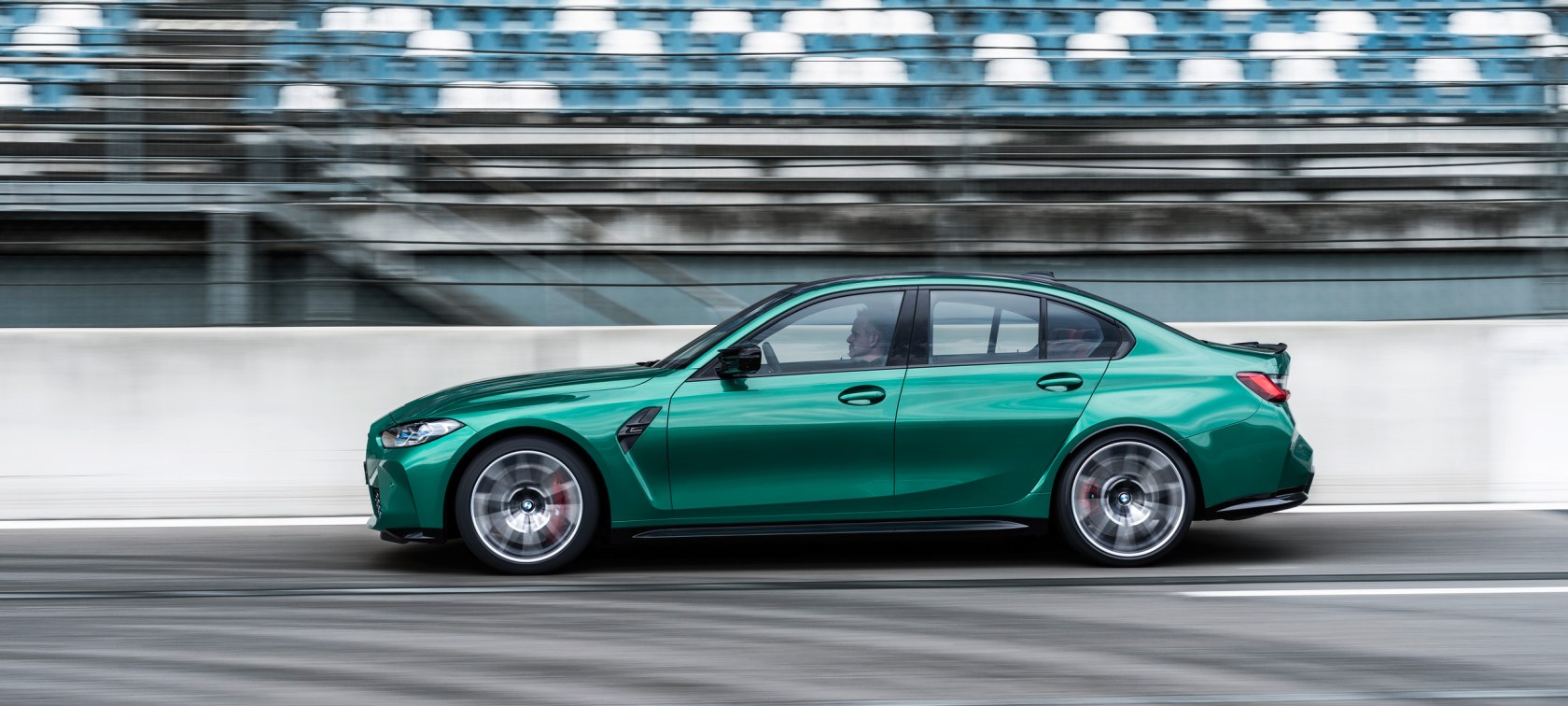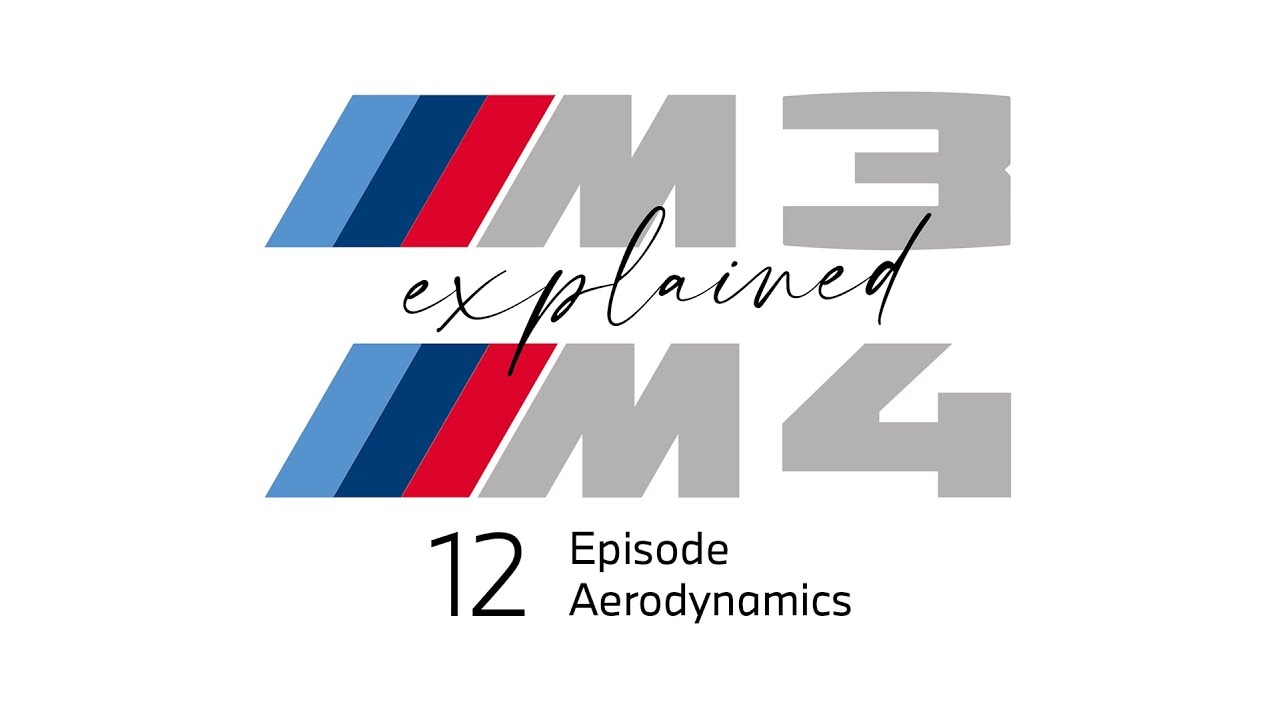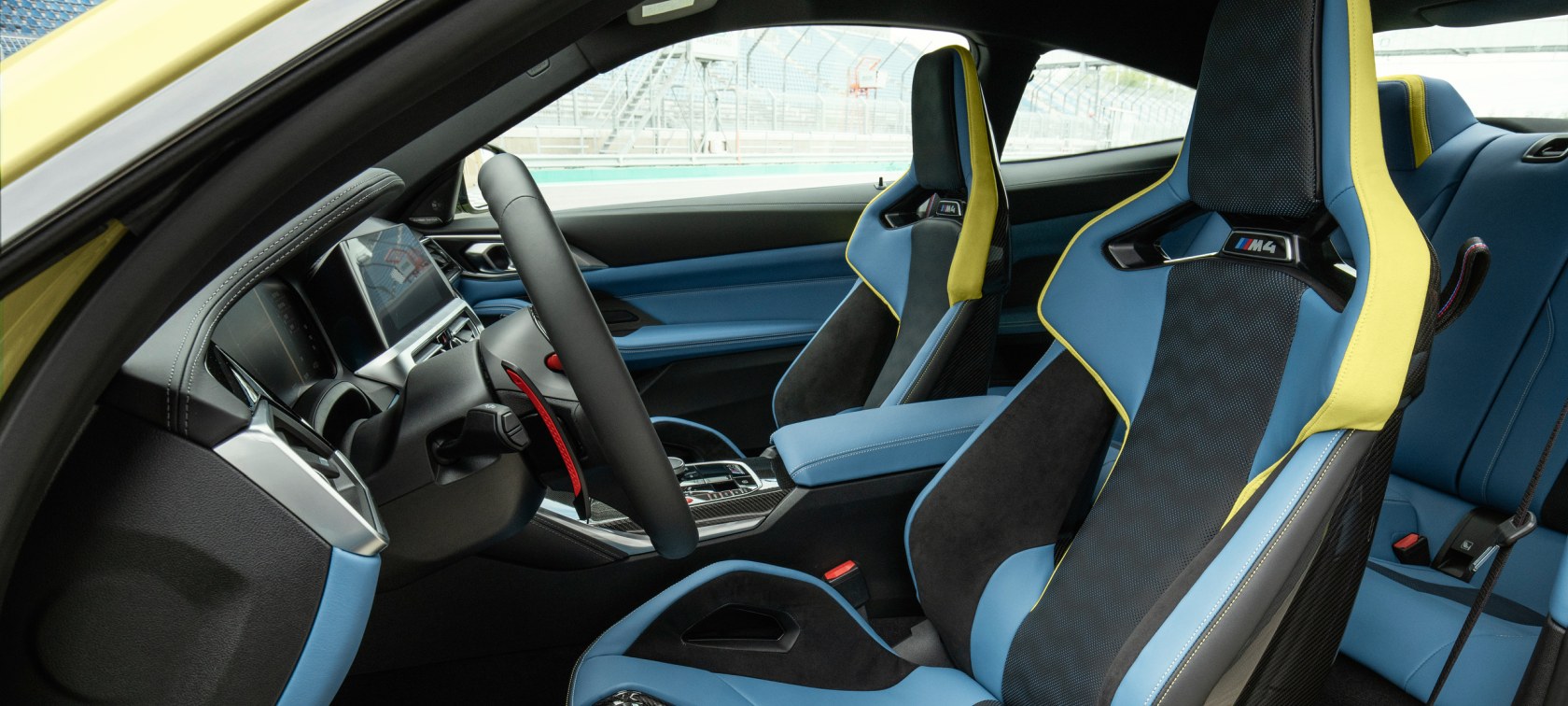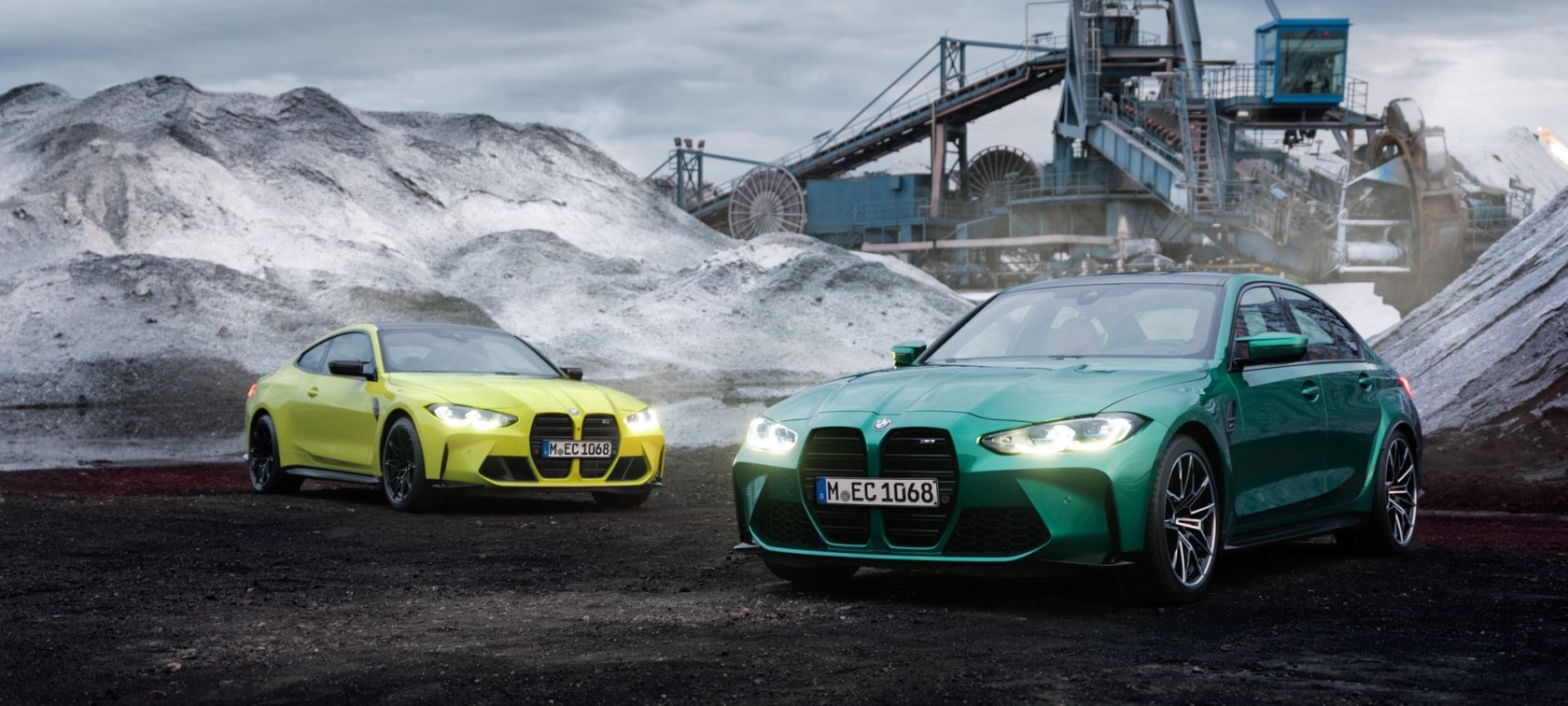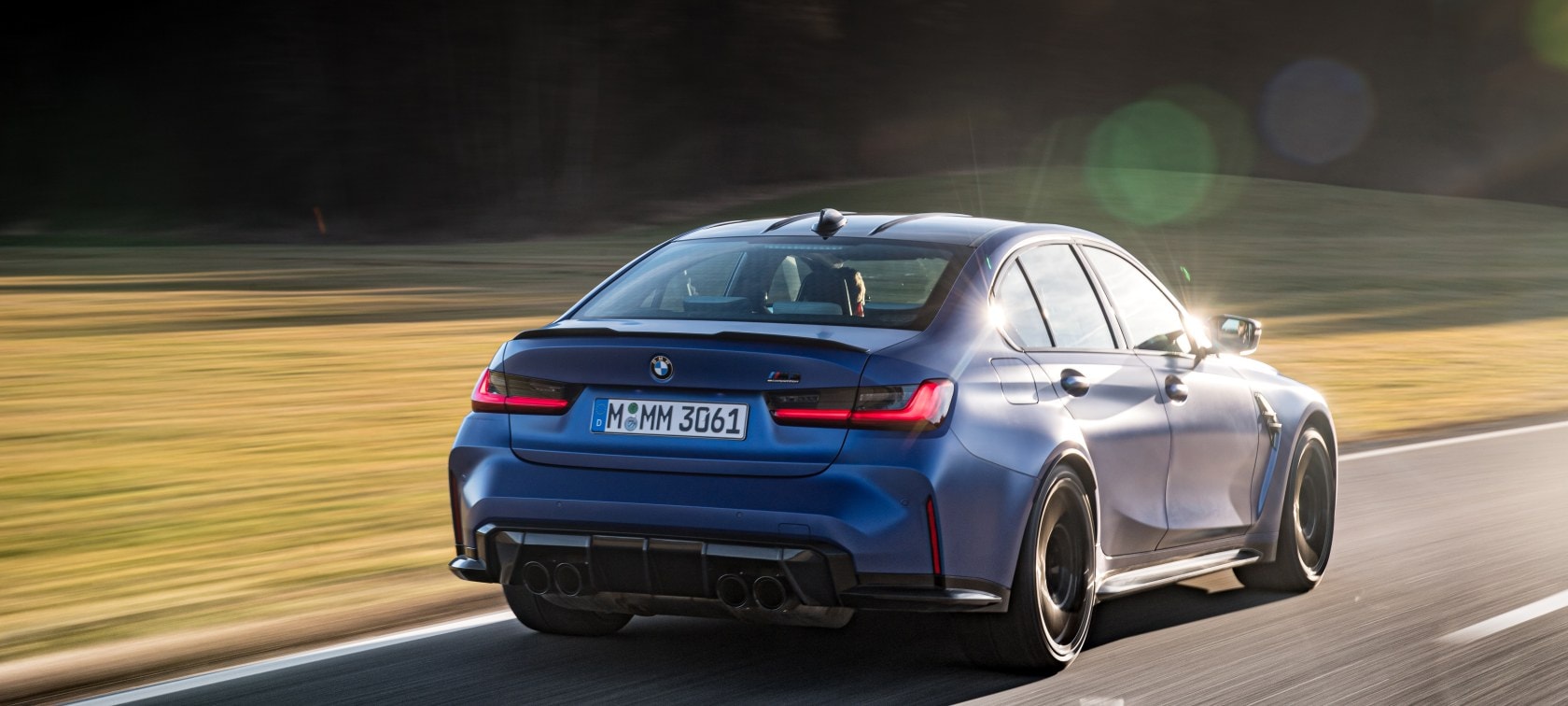The epitome of racing feeling in everyday traffic starts a new round. 35 years after the debut of the first BMW M3, BMW M GmbH presents the latest generation of its high-performance automobiles in the premium mid-size segment. Time to introduce the two new vehicles. In the #M3M4explained series, the developers have the floor.
Let it flow! Jonas, Alex and Markus use simulations and tests in the wind tunnel, among other things, to improve characteristics such as handling or driving dynamics. The BMW M developers are responsible for aerodynamics. In the video, they give a brief overview and show details that matter. In addition, they answer questions from the community.
BMW M ENTHUSIASTS ASK, BMW M EXPERTS ANSWER.
If there is a disagreement between the design team and the aerodynamic team, who wins?
Markus: In the end, we all aim for a common aim – getting the best performance with the best design – so, the team wins.
Was the previous generation more aerodynamic?
Markus: In comparing old vs new generation, drag is slightly reduced and the downforce at the rear axle is significantly increased. Because of the increased engine power, we need more cooling air which had to be compensated with regards to drag and lift.
How many iterations does it take to fulfill the aero requirements? How long does it take?
Jonas und Alex: There have been more than 350 simulations and more than 50 wind tunnel sessions over a 3-year development period.
Which software do you use for aerodynamics? ANSYS or Fluent?
Jonas: Neither of them, we are using Star-CCM+.

Are you using aero maps to improve aero efficiency of the car?
Alex: We use aero maps in a reduced manner compared to motorsport as our series vehicle does not use adjustable aerodynamic components. But for sure, aero efficiency is our major target.
What is the correlation of results in % between CFD and real life testing?
Markus: Nice question. It is nearly impossible to condense the result to one specific percentage. Generally speaking, our CFD simulations help us very well to optimize the engine and brake cooling performance and we have found the results to be pretty much correlating with the actual vehicle later on.
Beside smoke lances do you use pressure sensitive paint or other tools to validate CFD?
Alex: We are using specific pressure probes to validate CFD. Pressure sensitive paint is a great mess in a frequently used wind tunnel ;)
The clay model is a genius idea!! Does it vary with respect to the real model when you build it?
Alex: Yes, of course. There are minor differences with regards to missing gaps between body parts and the not completely accurate engine compartment within the clay model. We know the influence, therefore it is easy to interpret the results.
Why do you need clay models? Can't you do all the aerodynamic evaluations with the help of CFD?
Jonas und Alex: The target is to combine both tools in an efficient manner. Modifications in the wind tunnel are way quicker and more exact. Furthermore, you can touch and see the look of it immediately. CFD helps to assess the flow field in detail.
In the clay model is the tire also made out of clay?
Alex: No, axles and wheels are real parts.
What are the downforce numbers for different driving speeds (front and rear)?
Markus: M4 Coupé
@140kph: front axle 150N lift, rear axle 150N downforce
@200kph: front axle 300N lift, rear axle 300N downforce
@290kph: front axle 620N lift, rear axle 620N downforce
How does improved downforce affect the design of the suspension?
Markus: For a road going vehicle, we aim for low lift at the front axle and downforce at the rear axle. This works perfectly with our suspension so there is no need for further suspension adjustments.
Are the aerodynamics split evenly between the front and rear axles?
Markus: CZ1 = 0,07; CZ2 = -0,07
Was the M3 rear wheel arch designed to keep the standard rear door unchanged?
Markus: Yes.
Do the wing mirrors play an important role in the aerodynamics?
Markus: No.
Do turning vanes increase drag?
Alex: Yes, they do. But the aerodynamic efficiency is increased because of the significantly higher downforce though.
What is the break response at high speed?
Markus: The new M3/M4 is an easily controllable and stable car even at high speeds.
Did the larder size of the updated kidney grille pose a challenge to the aero design?
Jonas: The aim of our work is to combine aerodynamic requirements with regards to cooling airflow and design requirement. The bigger the surface, the better for cooling and the worse for drag. This had to be optimized.
Does the radar sensor in the kidney have no effect on cooling?
Jonas: Well, obviously the radar sensor in front of the radiators will have an influence on the air flow. However, you only notice the marginal effect under extreme conditions.
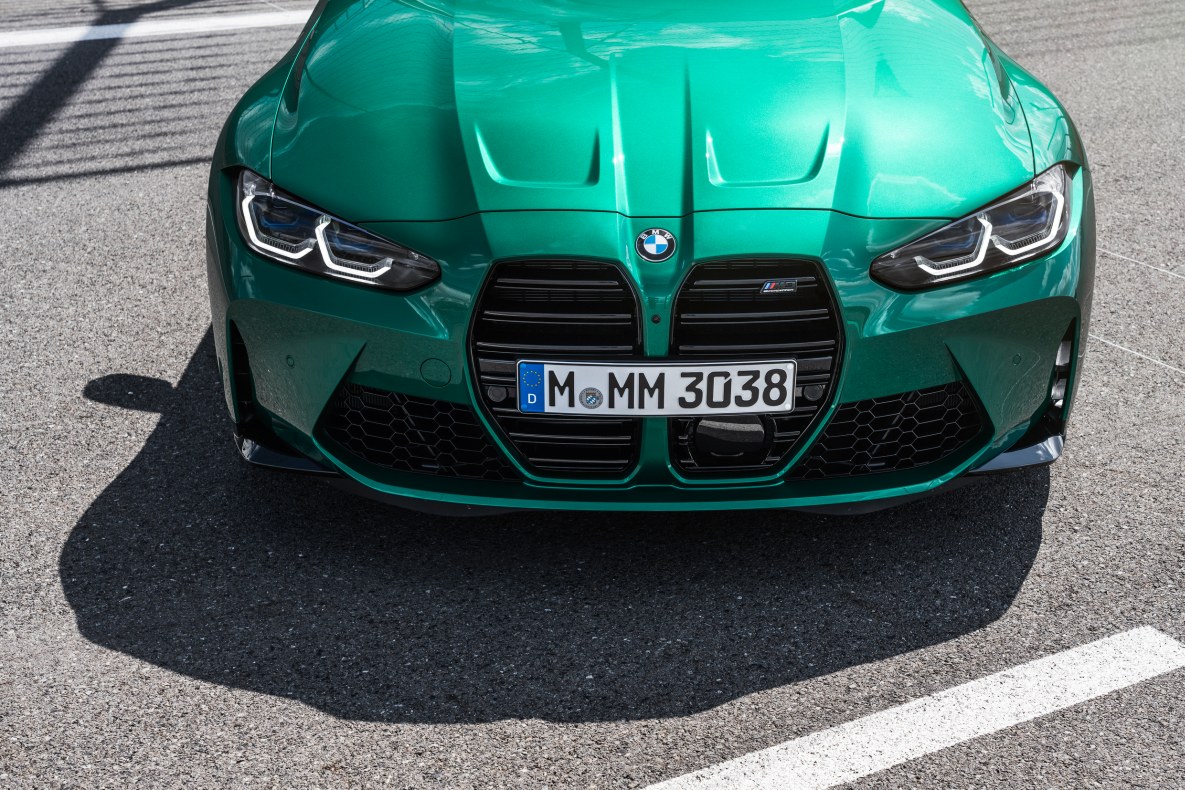
Is the front number plate factored into the aerodynamics?
Jonas: Yes, it is being considered in the development process.
Does the split design on the carbon fibre brake cooling ducts serve a purpose for its split design?
Markus: The inner air duct serves for brake cooling, the outer duct for additional water radiators.
Could adding an aftermarket front lip lead to overheating issues regarding the flow to the oilcooler?
Alex: Yes. The M Performance front splitter was designed with that in mind.
Did you consider closing the complete underbody?
Markus: Yes, we did and closed all areas where there is no cooling required. We need to have sufficent air cooling and air flow around components such as transmission, differential and exhaust system – blocking these from the airflow would not have been helpful ;)
Would it be possible to add more aerodynamic elements at the bottom?
Alex: Yes.
Have you considered using movable aero devices like front splitter or diffuser?
Markus: Yes, that was considered and rejected due to weight concerns.
Why is the rear spoiler separated into 3 segments (like the lip)?
Alex: That is part of our design language. With this part, aerodynamic requirements and design are easy to match.
How many pounds of downforce does the rear spoiler add?
Markus: 210N downforce @200kph, 450N @290kph.

Is the diffuser in carbon fiber?
Markus: Yes, there is a Carbon diffuser which is part of the optional M Carbon Exterior Package.
What do you think about lowering the vehicle? In which measure does it distort your calculations?
Markus: Lowering the vehicle will reduce drag … but the lower riding height will not be suitable for everyday use.
Are the M Performance parts tested in the wind tunnel? Do they provide a positive effect?
Alex: Yes, they have been tested and aerodynamically optimized in the wind tunnel.
What is your favorite body part of this M car?
Alex: The underbody with its turning vanes!
Markus: I like the complete car.
Jonas: The lower half of the non-radar kidneys.
What is your favorite M car?
Alex: The new M4 Coupé.
Markus: The new M4 Coupé.
Jonas: The new M3 Sedan.
What was your first BMW car?
Alex: BMW M140i (F20).
Markus: BMW M3 (E46).
Jonas: I don't have a car.
What did you study?
Alex: Aerospace engineering.
Markus: Industrial engineering.
Jonas: Aerospace engineering.
Which is your favorite classic BMW?
Alex: BMW M3 CSL (E46).
Markus: BMW M3 CSL (E46).
Jonas: BMW M635 CSi (E24).

